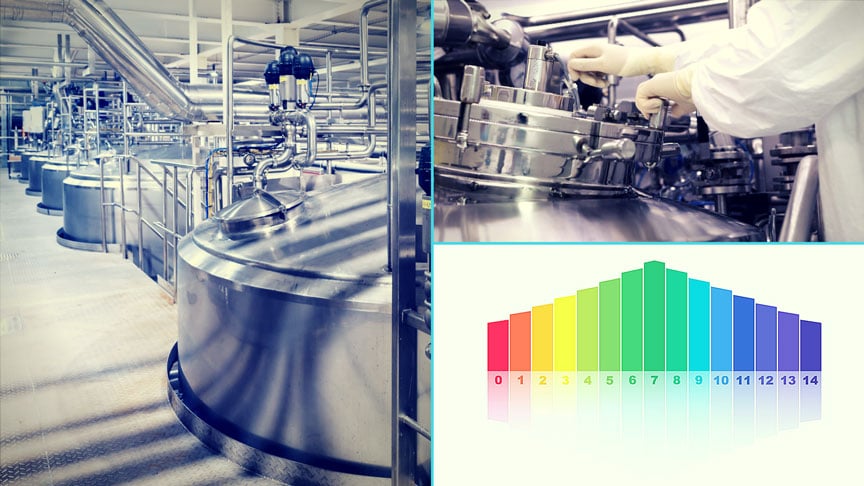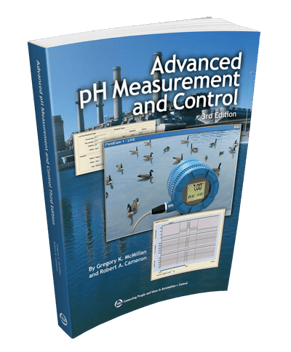The following discussion is part of an occasional series, "Ask the Automation Pros," authored by Greg McMillan, industry consultant, author of numerous process control books, and 2010 ISA Life Achievement Award recipient. Program administrators will collect submitted questions and solicits responses from automation professionals. Past Q&A videos are available on the ISA YouTube channel. View the playlist here. You can read all posts from this series here.
Looking for additional career guidance, or to offer support to those new to automation? Sign up for the ISA Mentor Program.
Since we learn by example, here is a neutralizer tank that has the major mistakes I have seen in waste treatment system pH design and installation. Each mistake is the result of a fundamental lack of understanding of the heightened sensitivity of pH control systems to dead time, process and measurement noise, insufficient process attenuation (filtering) and valve backlash and stiction.

1. Insufficient number of stages of neutralization (inadequate rangeability and sensitivity)
2. Improper vessel geometry and agitation patterns (excessive equipment dead time)
3. Backfilled reagent dip tube (excessive reagent delivery delay)
4. Incorrect location of reagent injection point (excessive reagent delivery delay)
5. Gravity flow reagent (excessive reagent delivery delay)
Advanced pH Measurement and Control by Greg McMillan and Robert Cameron provides a clear, concise, and comprehensive view of how to select, install, and maintain electrodes, control valves, and control strategies for pH applications critical for product and water quality in the process industry. The book covers every aspect of system design including the mixing and reagent piping requirements that are important for a successful application.
6. Incorrect location of reagent control valve (excessive reagent delivery delay)
7. Control valve with excessive stick-slip (poor sensitivity and excessive variability)
8. Electrodes submersed in vessel (coating and maintainability problems)
9. Electrodes located in pump suction (bubbles, clumps, and wrenches)
10. Electrodes located downstream in recirculation line (excessive measurement delay) The example serves to illustrate many underlying principles and resulting guidance required to meet the extreme challenges and achieve the extraordinary opportunities for concentration control. In pH control systems, reagent piping and injection must minimize transportation delays, volumes must have proper geometry and agitation to maximize the process time constant that filters pH oscillations, several volumes may be needed to provide multiple process filters in series, valves must be able to precisely make extremely small changes in reagent flow, and electrodes must be installed to minimize noise and response time and maximize reliability.

About the Author

Gregory K. McMillan, CAP, is a retired Senior Fellow from Solutia/Monsanto where he worked in engineering technology on process control improvement. Greg was also an affiliate professor for Washington University in Saint Louis. Greg is an ISA Fellow and received the ISA Kermit Fischer Environmental Award for pH control in 1991, the Control magazine Engineer of the Year award for the process industry in 1994, was inducted into the Control magazine Process Automation Hall of Fame in 2001, was honored by InTech magazine in 2003 as one of the most influential innovators in automation, and received the ISA Life Achievement Award in 2010. Greg is the author of numerous books on process control, including Advances in Reactor Measurement and Control and Essentials of Modern Measurements and Final Elements in the Process Industry. Greg has been the monthly "Control Talk" columnist for Control magazine since 2002. Presently, Greg is a part time modeling and control consultant in Technology for Process Simulation for Emerson Automation Solutions specializing in the use of the virtual plant for exploring new opportunities. He spends most of his time writing, teaching and leading the ISA Mentor Program he founded in 2011.
Connect with Greg:




